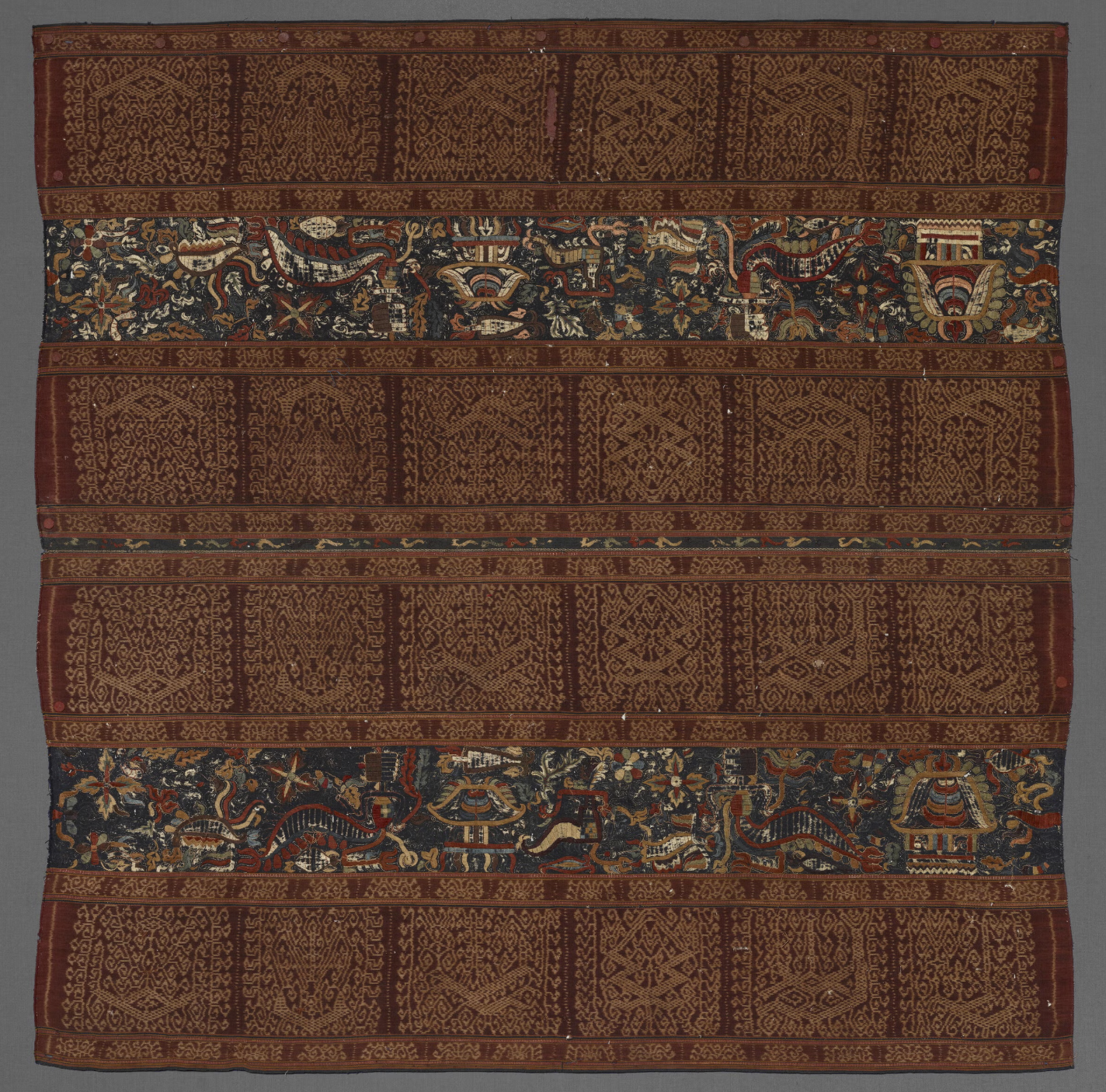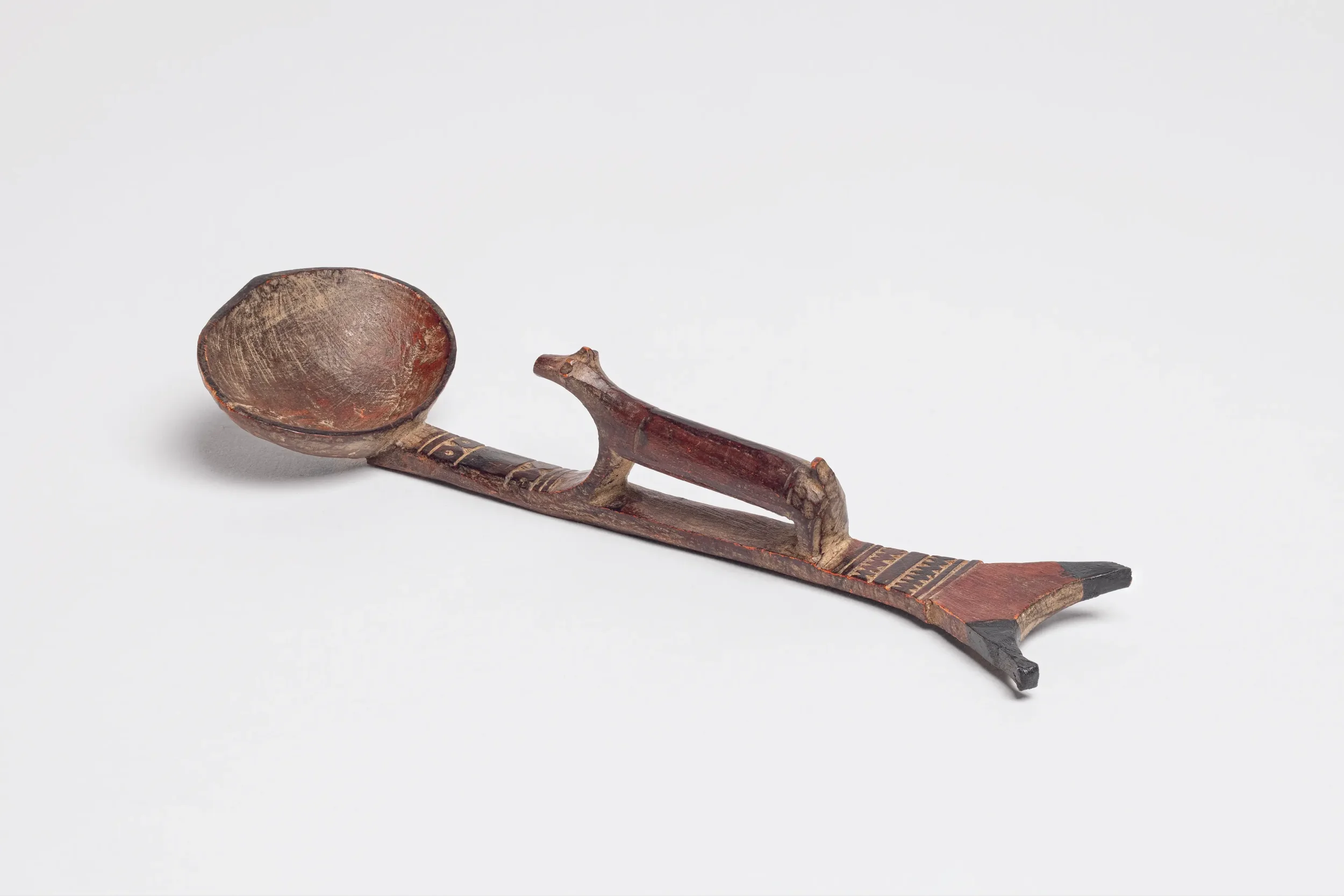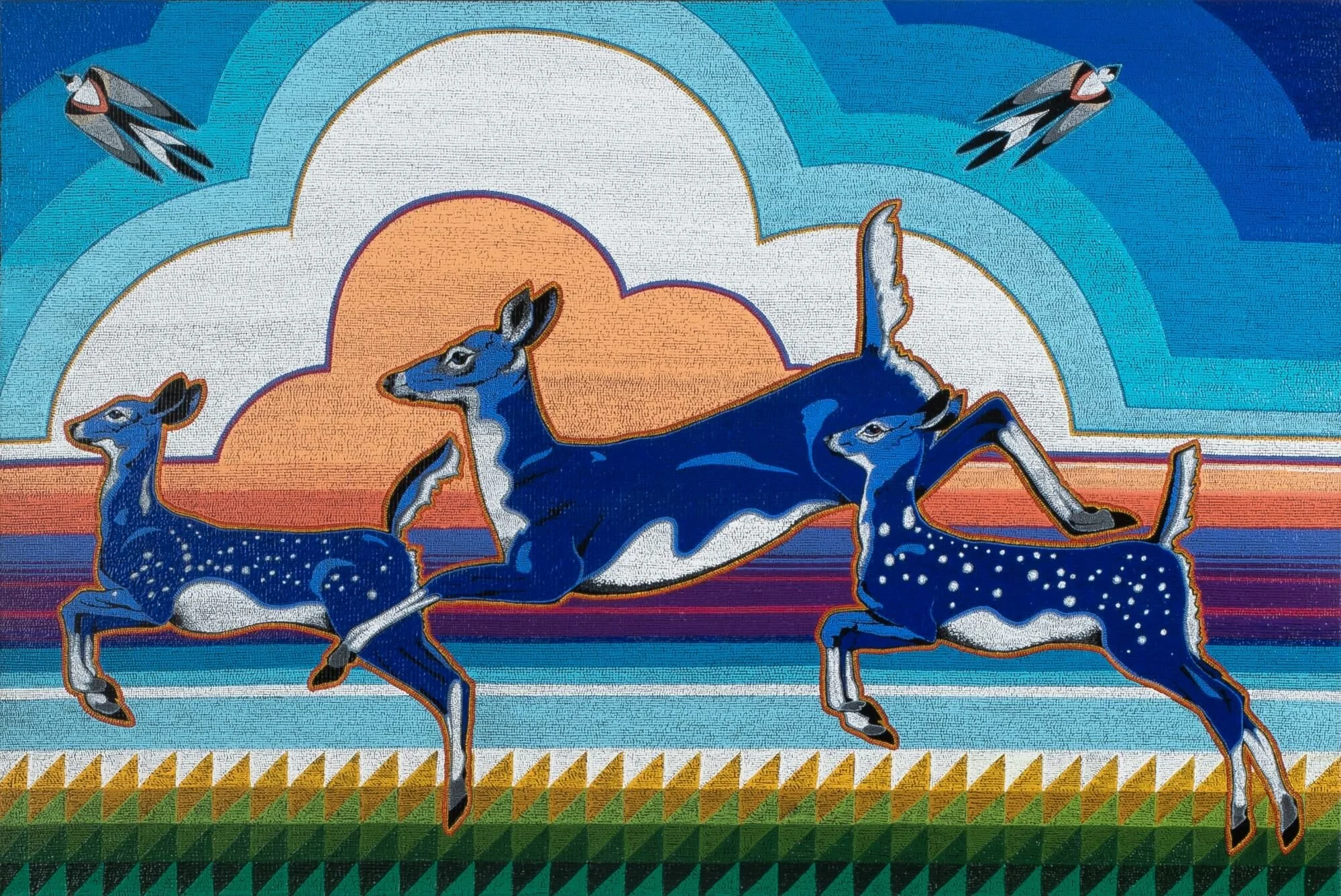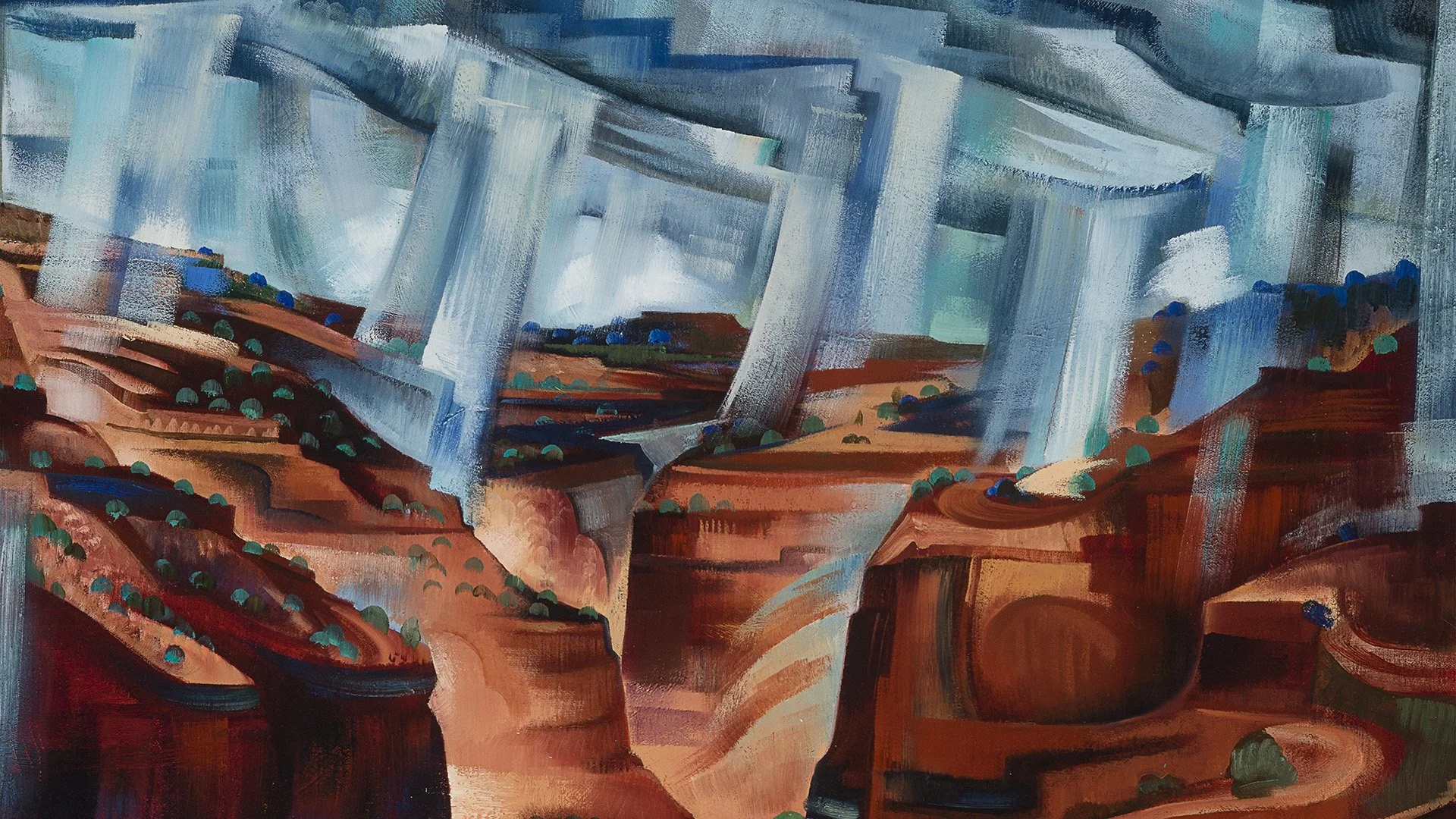ATADA,[1] Kim Martindale, President
Testimony submitted to the Senate Committee on Indian Affairs on
The Safeguard Tribal Objects of Patrimony Act of 2019 (STOP Act), S. 2165[2]
June 10, 2020
This testimony is submitted on behalf of ATADA, the Authentic Tribal Art Dealers Association. ATADA is a professional organization established in 1988 in order to set ethical and professional standards for the art trade. Its membership includes hundreds of antique and contemporary Native American and ethnographic art dealers and collectors, art appraisers, and a strong representation of museums and public charities across the U.S.
ATADA is engaged in intensive community educational work to build understanding of Native American concerns over the loss of cultural heritage. In 2016 and 2017, ATADA adopted Bylaws forbidding trade in items in current ceremonial use,[3] established Due Diligence Guidelines to protect buyers and sellers,[4] and began public education programs[5] working together with tribal representatives.
ATADA has built a highly successful, community-based Voluntary Returns Program for lawfully owned ceremonial objects. The Voluntary Returns Program has brought several hundred important ceremonial items from art dealers[6] and collectors to tribes at no cost since it began in 2016.[7] The vast majority of sacred items that ATADA has returned to tribes have come from collections built 30-70 or more years ago, prior to passage of NAGPRA in 1990. NAGPRA was clearly a wake-up call to collectors and art dealers as well as for museums. It remains the most effective federal tool for ensuring that sacred items are returned to tribes.
ATADA appreciates the opportunity to assist in promoting legislation that protects tribal ceremonial and sacred items, strengthens enforcement of existing laws consistent with citizens constitutional rights and facilitates legitimate trade in legal items. However, the Safeguard Tribal Objects of Patrimony Act of 2019 (STOP Act), S. 2165, fails on all these counts.
This is the third version of STOP introduced since 2016. It replicates and even expands many provisions rejected in prior versions of the bill. Like earlier iterations of STOP, this bill will embargo lawfully owned Indian artifacts, will fail to provide notice to the public of what Indian objects are prohibited from export, will impose burdensome export requirements on very low value items, and allow seizure without constitutional due process.
For all the reasons set forth below, ATADA believes that S. 2165, will not achieve its primary goal—the return of important cultural objects to Native American tribes, Alaska Natives and Native Hawaiian organizations. It is constitutionally, procedurally, and practically flawed.
1. The STOP Act undermines constitutional protections guaranteed to American citizens, placing the burden of proof on the applicant, not the government, and reversing the American concept of innocent until proven guilty.
The STOP Act does not require “knowing” wrongdoing for there to be a crime. It does not require proof of violation of NAGPRA, ARPA, or other U.S. law. Export restrictions can be placed on lawfully-owned objects.
The STOP Act provides for criminal penalties of up to ten years’ imprisonment for exporting lawfully owned items without a permit. Despite these heavy penalties, due process is absent. The STOP Act places the entire burden of proof on the exporter, even if the exporter is a tourist.
STOP’s tribal review process for issuing export permits is secret. It is not subject to Freedom of Information Act requests. Evidence from tribes on which seizure was based would be withheld, severely limiting opportunities to appeal seizures or refusal to export and denying future access to information for the future.
2. The STOP Act potentially restricts commercially-made and legal items as tribal heritage.
Native Americans have been making ceramics, carvings, jewelry, and weavings for commercial sale for literally hundreds of years.[8] There are hundreds of thousands of Native American antique objects that have circulated in the market for decades, many of which are now said by tribes to to be tribal ‘cultural heritage.’[9] Even Indian art made for sale would be subject to restrictions and secret tribal review. A receipt from a Native American artist does not guarantee that an object is exempt from review and possible seizure.
3. The STOP Act sets no time-limit for review and gives limitless scope to the objects that cannot be exported.
The STOP Act has no time limit for tribal review. There is no list of forbidden items for export.
STOP provides only for a general description of objects that may be unlawful to export. The documentation burden and delay of STOP’s proposed tribal review system would be a de-facto export ban as the work would not be justified for low value items.
Legitimate business relationships with international partners and art fairs will be curtailed due to concerns over unlimited delays. The lack of a clear definition of what may be exported without a permit will result in the seizure of objects exported in good faith.
4. The STOP Act does not enable self-certification.
A self-certification process under U.S. law would never be a free ride as a false statement would lead to imprisonment, a significant safeguard. ATADA endorses self-certification to ensure a paper trail for exports and to provide true accountability.
5. The STOP Act will harm American small businesses exports, Native and non-Native alike.
ATADA is committed to helping to build markets for Native and non-Native American small businesses and Native craftspeople. The STOP Act’s time-consuming and potentially expensive export process (for which an unstated fee will be assessed) will eliminate small scale exports and place an additional burden on Indian artisans as well as art dealers.
Art and craft production is important in the economies of tribal nations across the U.S., including Native Alaskan sculptors, Northwest Coast weavers and carvers, California basketry-makers, Cherokee Nation beadworkers, and craft marketers from the Plains to the Penobscot people of Maine and others in the Northeast. These and many others are working to build local artist markets in their communities; they are also represented together with hundreds of Native Americans artists from Southwestern tribal nations in galleries and fairs in New Mexico. All these creations of Native artisans are potentially subject to an export ban given The STOP Act’s failure to specifically define what items require certification.
Travel restrictions have already decimated the hopes of thousands of Native artisans dependent on summer sales for the majority of their annual earnings. Imposing export barriers to businesses and tourists alike would threaten the ability rebuild sales venues for Indian art.
6. The STOP Act will harm both U.S. and foreign tourism.
The STOP Act requires tourists as well as commercial exporters to submit photos and forms and obtain permissions for exports as low as $1 value. These requirements will be impossible for most tourists to meet and will taint the domestic market with concerns that buying Indian art is ‘wrong.’ Too broad or too vague criteria would trap many foreign tourists, inevitably resulting in thousands of inadvertent, innocent violations and seizures for technical errors rather than criminal acts.
To give just one example of STOP’s potential for negative impact, the first international news article about seizure of an ordinary object from a tourist for failing to meet STOP’s vague export permitting requirements would seriously harm international tourism to important tourist destinations, such as Santa Fe’s almost 100-year-old Indian Market, which ordinarily draws about 100,000 tourists to New Mexico each year.
7. Consumer confusion will further damage tribal markets.
Public confusion about laws regulating trade can result in unintended harm. A case in point is the federal law banning trade in elephant ivory, which has seriously impacted Native Alaskan craftsmen who legally carve marine mammal ivory.[10] Many Native artisans depend on sales of carved marine mammal ivory, particularly walrus, to pay for necessities like fuel oil through the winter. The federal elephant ivory ban has reduced Native carvers’ earnings by as much as 40%. As Native carver Dennis Pungowiyi explained to Arctic Today, negative perceptions have grown among his customers who believe that owning a walrus ivory sculpture might be illegal, even though it is legal under Alaskan and federal law.[11]
Several U.S. states have gone far beyond federal regulations and passed laws prohibiting trade in all ivories.
The STOP Act’s overbroad, vague provisions would similarly taint other Native artworks with potential illegality and raise the concept that ownership of Native art was harmful to cultural integrity and public interest.
8. The STOP Act provides no funding for a system of review, and no guidance as to how such a system should be organized.
The STOP Act leaves the Department of the Interior to create and fund a system of tribal review from scratch. The system must cover virtually all exported Indian art and artifacts (many of which cannot be identified to specific tribes) from every federally recognized tribe and Hawaiian Native organization. Yet five years after first asking the federal government to establish this system, no tribe has come forward with a plan for coordinating or organizing it.
9. STOP fails to utilize the existing U.S. Customs’ AES export reporting system agreed to by tribes in 2018, sets no low-value threshold.
The AES system used for all commercial exports of $2500.00 or more provides an adaptable online system for tracking exports. Using this $2500.00 threshold would already be far more restrictive than any import/export system for art and artifacts currently in use in market nations.
To compare, in early 2019, the European Parliament enacted legislation requiring a certification system for art imports. Although the EU already has harmonized Customs systems, the European Parliament estimates that it will take 5 years to build a permitting system to manage this. The new EU system requires only a self-certification from importers for most types of artworks, including ethnographic objects such as Native American art. For these, it requires self-certification only for objects over 200 years old AND over 18,000 euros in value.[12] Even so, the burden on art businesses is expected to seriously damage the European market and harm international art fairs, an increasing segment of the art market.[13]
How long would be needed for almost 600 tribes and the Department of the Interior to build an independent system for export permits? The only realistic approach is to utilize an already existing system and to limit the items covered as much as possible in order not to overburden it. ATADA hopes that tribes will join it in seeing the benefit of having a functional system that can start almost immediately rather than confront all the hurdles a new system would create.
10. The STOP Act is bad public policy that will undermine NAGPRA and harm U.S. museums.
U.S. museums and educational institutions that receive any federal funding are already subject to strict NAGPRA rules of compliance that enable tribes to claim museum-owned Native American objects. The STOP Act ignores NAGPRA criteria that an object be a ceremonial or sacred object at the time that it left tribal hands. The STOP Act treats NAGPRA’s definition of “cultural items” as one category when NAGPRA has five separate categories of cultural items with separate statutory definitions.
NAGPRA returns are dealt with in a case-by-case process between museums and tribes. Under STOP, tribes have no need to show affinity or substantiate that an object may be claimed.
The STOP Act makes it illegal to export “cultural items” – a term that includes items that are not subject to NAGPRA repatriation. Export by museums for loans or traveling exhibitions of items that were legally acquired decades ago could put museums in violation of the STOP Act.
Objects not subject to NAGPRA could be seized if claimed by a tribe.
11. STOP abandons earlier progress on finding working solutions to preserve heritage.
During the last Congress, our efforts to produce a version of STOP that works led ATADA to work with the Acoma Pueblo and their representatives and produce legislation that banned the export and facilitated the return of illegal sacred and ceremonial items: H.R. 7075, the “Native American and Native Hawaiian Cultural Heritage Protection Act” of 2018.
H.R.7075 accomplished these objectives by grafting an export certification system for Native American items onto the existing Department of Commerce AES system and permitting self-certification for lower value items, insuring speedy and effective implementation, operation, participation and enforcement of an export certification regime without infringing on individual’s constitutional rights.
Despite the burden that H.R. 7075 placed on American businesses, ATADA approved these restrictions in order to assist tribes to achieve their goal of preserving ceremonial and sacred items in the U.S. Regrettably, the STOP Act fails to incorporate compromises agreed to in H.R. 7075.
12. Conclusion.
The STOP Act represents the first time in the United States’ entire history that it has sought to restrict export of art or cultural heritage. Restrictions on any U.S. cultural heritage contravenes long held principles that have emphasized the free trade of cultural property for the public good, and Congress should be wary of enacting such a major statutory change, especially one whose breadth and scope is unlimited and shorn of due process protections.[14]
The problem of loss of tribal cultural heritage will not be solved by passing constitutionally suspect legislation or creating a new, unwieldy, and expensive federal bureaucracy. There are relatively few objects in private hands that actually meet the criteria set forth under NAGPRA or ARPA as objects unlawful to trade. Even fewer are ever exported. The GAO reports for previous versions of STOP counted the total overseas sales of Native American objects (sometimes twice) without identifying any items as actually sold in violation of ARPA, NAGPRA or other US law.
ATADA is strongly supportive of the goal of returning objects necessary for tribal spiritual activities, and of halting all illegal trade in the U.S. as well as abroad. ATADA’s due diligence requirements for dealers, combined with the ATADA Voluntary Returns program, which has brought hundreds of important objects back within just a few years, are models for best business practices and for community-based return programs.
ATADA supports taking steps now to safeguard objects for tribal use. These should include significant federal investment in programs located on tribal lands and the building of safe, secure chapter houses to ensure that cultural objects remain under the control of tribal governments or tribal elders.
Any law passed limiting export should protect U.S. citizens from constitutional abuse by ensuring due process and enabling Freedom of Information Act requests. This requires:
Adopting clear definitions of what can and cannot be exported.
Applying CAFRA provisions to protect unconstitutional and unwarranted seizures.
Exclusions for low value items and tourist purchases.
Self-certification by business to create accountability and enable tracking of exported items.
Limiting export prohibitions to items actually deemed sacred.
ATADA wishes to emphasize its willingness to work together with all interested parties to create legislation that will truly protect important sacred objects and return them to tribes.










